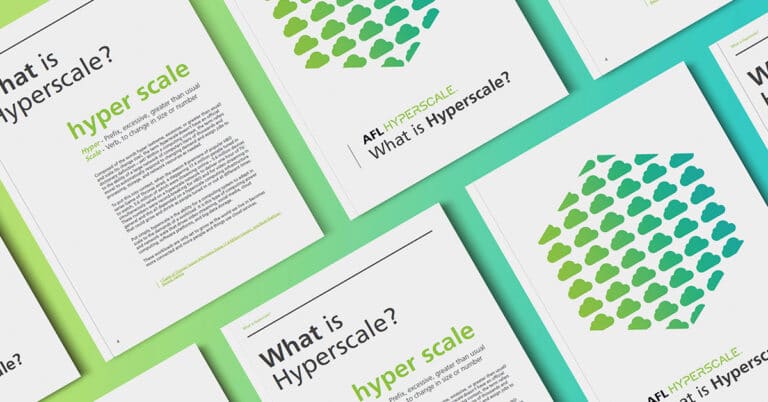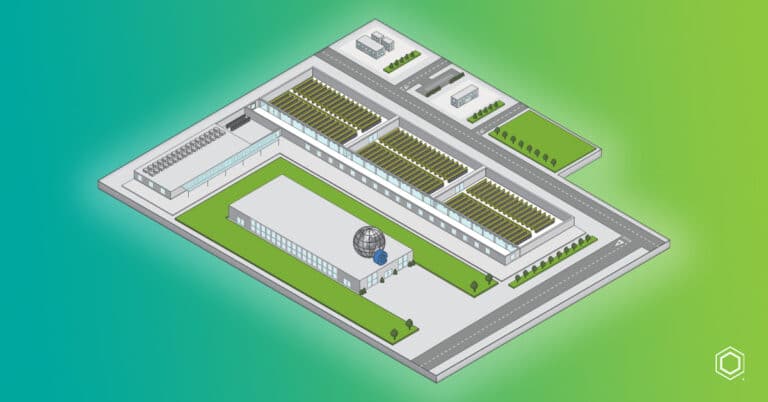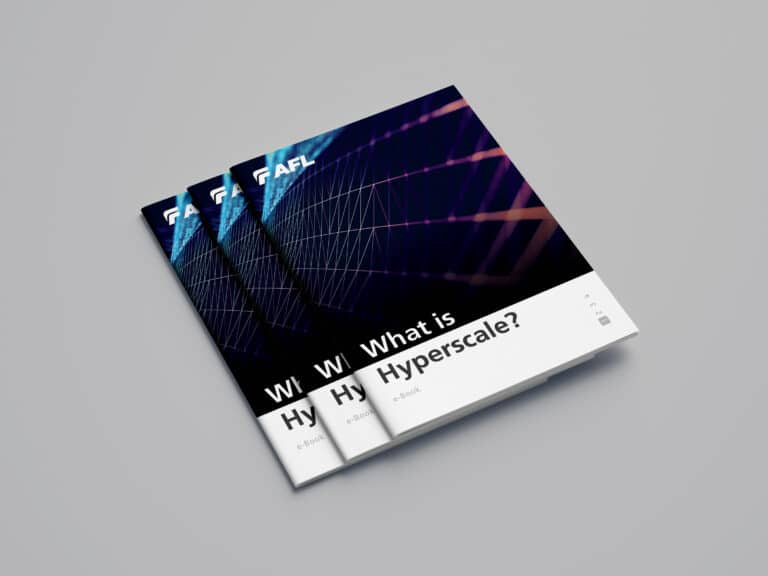Tier 1
Dominant in cloud services and social media AWS, Microsoft Azure, Google, Facebook, and Alibaba will outlay between $200 million and $800 million per new data center build. It is estimated that they each have at least 50,000 servers per data center, totaling about 15 million servers between them. In 2017 alone it was estimated that Amazon, Microsoft, Google, Apple, and Facebook had a collective data center capital expenditure of $50 billion.
Tier 2
Big hyperscale cloud providers include Oracle, IBM, and Apple, Software as a Service (SaaS) providers such as SAP, Salesforce, social media giants like LinkedIn and Twitter, and platforms such as Uber, PayPal, and eBay. They have an estimated 10,000 servers per data center and half a million servers each, with an estimated amalgamated spend of $25 billion.

AWS have been pioneers in the hyperscale field, opening the first hyperscale data center based on Jeff Bezos’s (CEO of Amazon) vision to transform Amazon from a retail business into a technology powerhouse that also happens to also offer retail services. It has always been about scale but also about serving the customer better, faster and cheaper, whether they’re buying the latest bestselling novel or purchasing AWS cloud computing services.
In the late 90s, Amazon looked to offer its own e-commerce functionality to large retailers, quickly realizing that, although the idea was sound, the software itself would require development. Amazon started hiring people from Microsoft and IBM to expand its technological capabilities to achieve its aim to be the frontrunner in cloud computing services. The fact that Amazon itself had become very good at fulfilling and shipping orders as well as running its own compute, storage and database services meant they found that they were now highly skilled at running reliable, scalable cost-effective data centers outside of their own commercial need.
From the first hyperscale data center in 2006 to date, AWS now offer 165 fully-featured cloud computing services, varying from hiring a web server or supercomputer, to AI, voice processors, and large-scale media streaming servers. This is available across 69 availability zones within 22 geographic regions with 9 new availability zones and 22 new regions announced.
Today, it is estimated that a third of all Internet users visit an AWS-hosted site daily.

From Microsoft Azure to LinkedIn, Bing to Skype, Xbox Live to Office365 and cloud-based business software, Microsoft have a rich and varied need for hyperscale capacity and has evolved drastically from its first data center build in 1989, to the emergence of online services through MSN in 1994, all the way through to the launch of Microsoft Azure in 2010.
Today the Azure platform has been built across 54 regions, making it available in 140 countries, with up to 1.6 Pb/s of bandwidth available across any of these regions.
LinkedIn has been part of the Microsoft family since 2016 and has since announced that it will begin to transfer workloads over to Azure over the next few years.

Facebook’s initial foray into building data centers came as a result of its need to manage the complex demands of its Facebook, WhatsApp, Instagram and Messenger platforms.
To date, there are 2.7 billion active users across all of these platforms.
With 15 data center campuses around the globe currently, Facebook’s vast numbers of servers and storage work together seamlessly to deliver each Facebook profile and page. Every user’s unique home page typically requires hundreds of servers, processing tens of thousands of individual pieces of data, ensuring newsfeeds, conversations, likes, comments, and advertising are presented whenever a user logs in, with the requested information delivered in less than one second.
As it creates its huge global network, Facebook is helping change the way data centers are built and the equipment that fills them. Facebook shares its data center and IT design innovations publicly through the Open Compute Project (OCP), which it helped found in 2011. The Open Compute Project’s mission is to design and enable the delivery of the most efficient server, storage and data center hardware designs for scalable computing.
Read the full What is Hyperscale? e-book for more! Learn about the evolution of hyperscale data centers, the challenges hyperscale networks face, and what the future looks like as demand for data and connectivity continues to grow.










